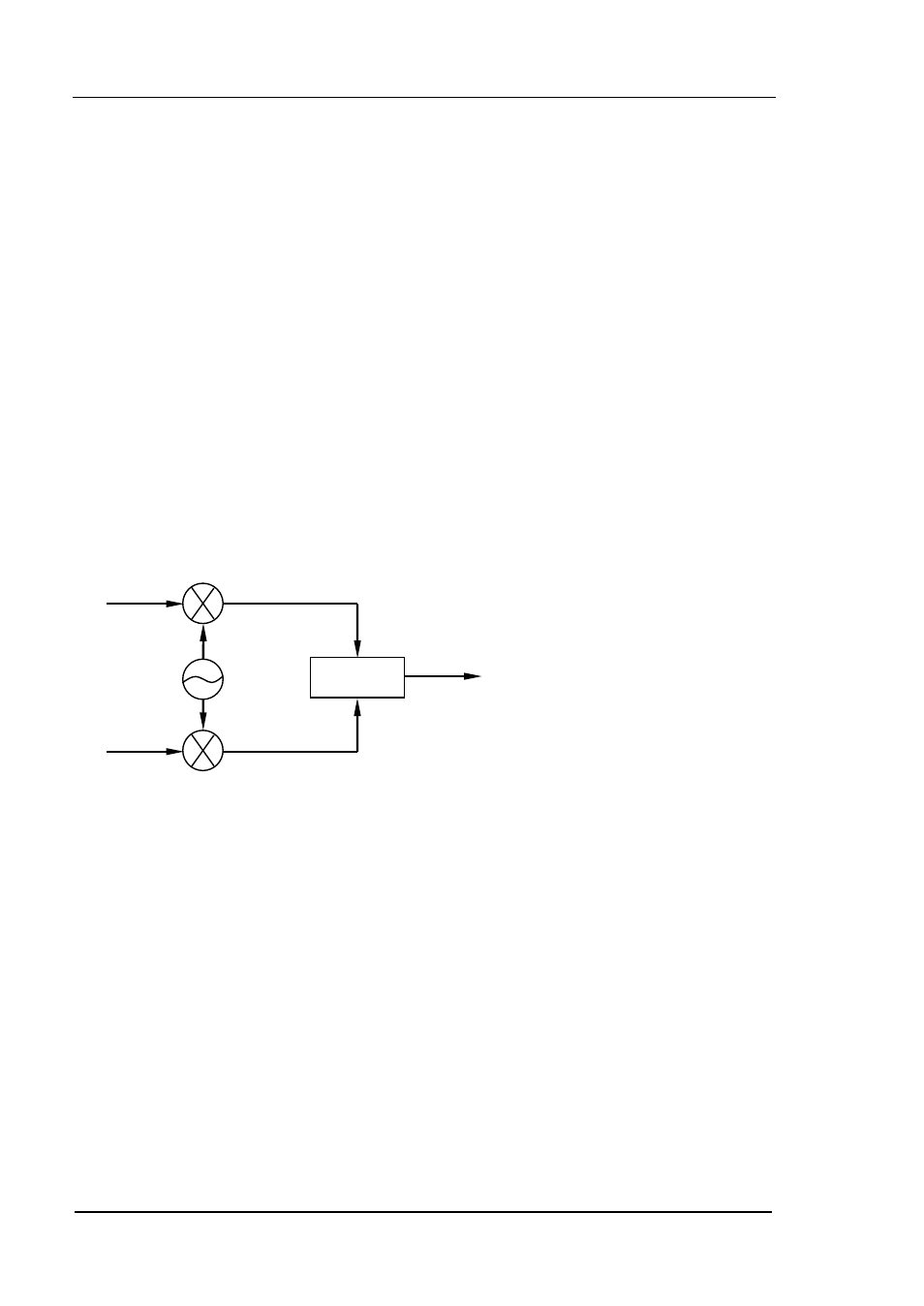Iq modulation overview, Iq modulation overview -2 – RIGOL DG5000 Series User Manual
Page 100

RIGOL
Chapter 5 IQ Modulation Output
User’s Guide for DG5000
5-2
IQ Modulation Overview
In IQ modulation, two orthogonal signals (carrier waveforms with the same frequency
and 90 ° phase difference, usually expressed as Sin and Cos) modulate with two
signals, I (In-Phase, in-phase component) and Q (Quadrature Phase, quadrature
component) respectively, and then are transmitted together to improve the frequency
spectrum efficiency.
In modern communication system, to improve frequency spectrum efficiency, versatile
vector modulations are used, such as BPSK, QPSK and QAM. For a digital signal, it has
no concept of vector. IQ modulation vectorially bridges digital signal and analog signal.
As shown in the following figure, two signals, I and Q, are multiplied by Sin and Cos
respectively and then add the two together. The output is IQ modulated signal.
Add
I
Q
Out
Sin
Cos
)
(
)
(
)
(
)
(
O
t
Cos
t
Q
t
Sin
t
I
ut
ω
ω
Ч
+
Ч
=
